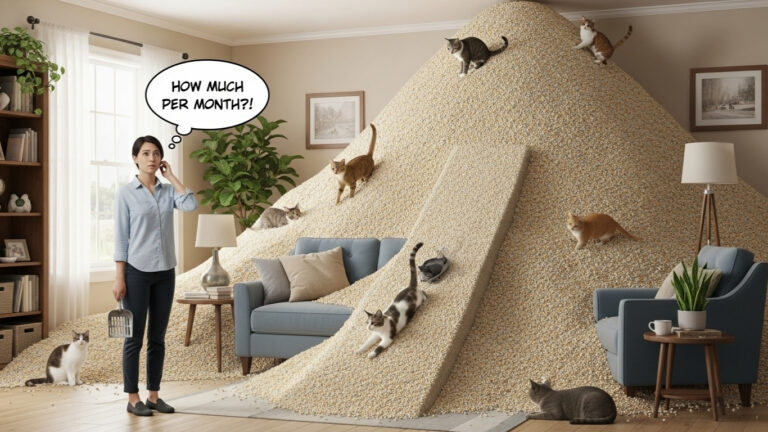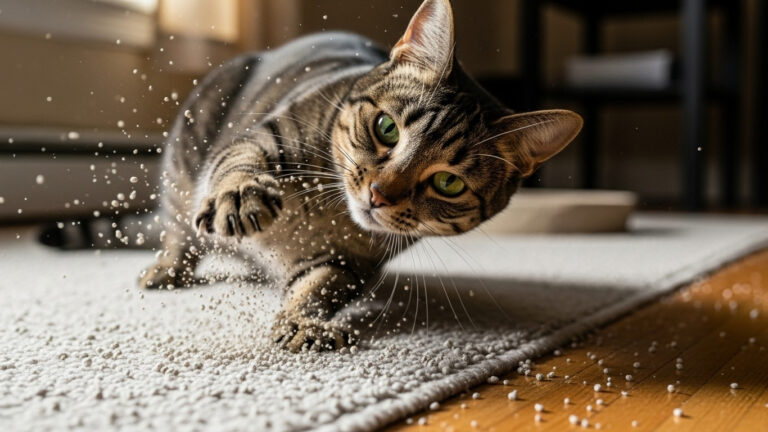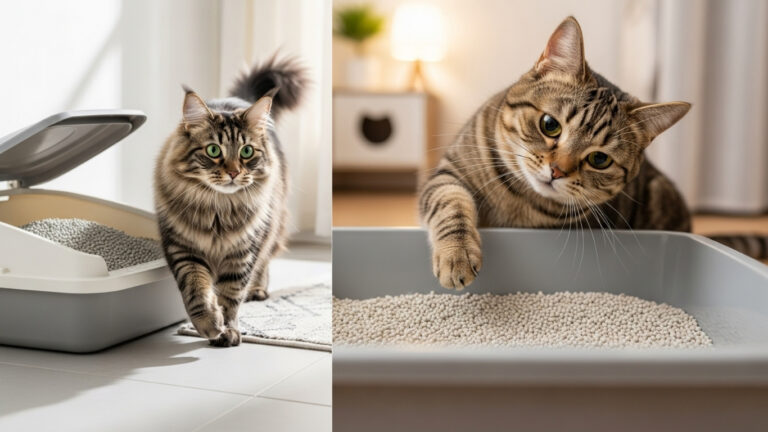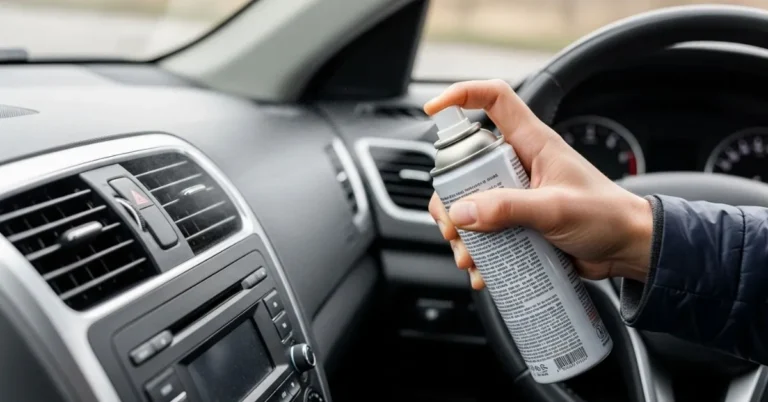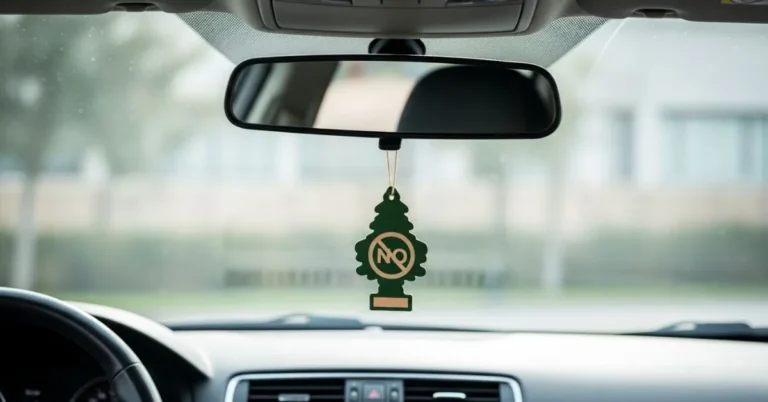It all started on a rainy Tuesday morning. My kitten, Muffin, decided it was the perfect day to unleash chaos in her litter box. She was cute sure but the mess? Not so much. I had been using clumping litter for years, but when Muffin developed a mild allergy to dust, my vet suggested switching to non clumping litter. I scoffed at first. How messy could it be?
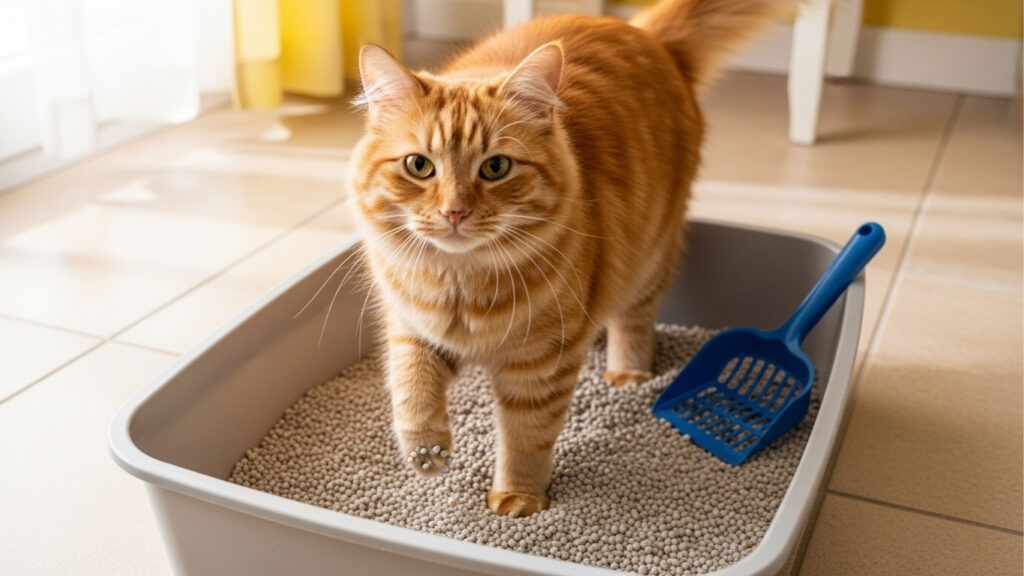
Spoiler alert: VERY until I figured out how to use it correctly.
If you’re a new cat parent, an eco-conscious renter, or someone trying to save a few bucks without sacrificing hygiene, this guide will teach you exactly how to use non clumping cat litter like a seasoned cat whisperer. Let’s break down the secrets of smell-free boxes and happy paws, without the drama.
Contents
- 1 What Is Non Clumping Cat Litter, Anyway?
- 2 How to Use Non Clumping Cat Litter: The Right Way
- 3 Do’s: Smart Habits for Non Clumping Success
- 4 Don’ts: Mistakes That’ll Stink Up the Place
- 5 Tip: Deodorize Naturally
- 6 What Kind of Scoop Works Best?
- 7 Liner or No Liner: The Great Debate
- 8 How Often Should You Replace Non Clumping Litter?
- 9 Is Non Clumping Litter Environmentally Friendly?
- 10 When Should You Switch to Clumping Litter?
- 11 5 FAQs About How to Use Non Clumping Cat Litter
- 12 Expert Thoughts: You’re Now a Non Clumping Pro
- 13 About the Author
What Is Non Clumping Cat Litter, Anyway?
Unlike its clumping cousin, non clumping cat litter doesn’t form tight balls around moisture. Instead, it absorbs urine and spreads it through the material until it reaches capacity. Then, it’s time to change the entire litter, not just scoop and go.
Common Types of Non Clumping Litter:
- Clay-Based: Budget-friendly, traditional, absorbent but not eco-friendly.
- Pine Pellets: Naturally deodorizing and biodegradable.
- Recycled Paper: Low dust, great for kittens or sensitive cats.
- Corn or Tofu-Based: Plant-powered and compostable (bonus points for sustainability).
How to Use Non Clumping Cat Litter: The Right Way
Let’s get to the golden nugget (or should we say golden sprinkle?) how to effectively use non clumping cat litter.
Step-by-Step:
- Start Fresh: Wash and dry the litter box. No lingering odors allowed.
- Layer Properly: Add 2 to 3 inches of non clumping litter. More than that, and it turns into Mount Poopmore.
- Scoop Daily: Only remove feces urine is absorbed and stays in the box.
- Stir It Up: Mix the litter daily to evenly distribute moisture.
- Change It All Out: Replace the entire batch of litter every 3 to 7 days, depending on how many cats use it.
- Scrub the Box: Wipe it with a mild pet-safe cleaner during every complete litter change.
Following this process keeps odor, germs, and feline disapproval in check.
Do’s: Smart Habits for Non Clumping Success
Do Stick to the Right Depth
About 2 to 3 inches is perfect. This gives your cat enough room to dig and cover without wasting litter or letting moisture reach the bottom too fast.
Do Use a Liner (If Your Cat Approves)
Some cats don’t like the crinkly texture of liners, but if yours doesn’t mind, they’re a game-changer. They prevent sticking and make full litter changes easier.
Do Stir Daily (Yes, Really)
Think of it as litter latte art gently swirl the litter with your scoop to distribute the absorbed moisture evenly.
Do Choose High-Absorbency Litters
Opt for products labeled as super absorbent or odor-controlling. Pine and paper-based litter work exceptionally well in this department.
Don’ts: Mistakes That’ll Stink Up the Place
Don’t Let the Box Go Too Long Without Changing
Urine doesn’t vanish; it’s absorbed. Wait too long, and the box will turn into a musty mess.
Don’t Skip the Stir
Litter left unstirred = wet spots = bacteria city. Stirring spreads it out and helps control odor.
Don’t Use Too Much Litter
Extra litter equals extra freshness, right? However, it can prevent air circulation and make it harder to detect when the box needs changing.
Don’t Use Strong Chemical Cleaners
Your cat’s nose is 14x stronger than yours. Stick to unscented, pet-safe cleaners like vinegar and water.
Read More: How to Clean Non Clumping Cat Litter: A Step-by-Step Guide
Tip: Deodorize Naturally
Forget overpowering perfumed litter. Your cat will thank you. Instead:
- Sprinkle baking soda under the litter for natural odor control.
- Try litter mats with charcoal to trap smells and dust.
- Keep the box in a well-ventilated area, not in a sealed cabinet.
What Kind of Scoop Works Best?
If you’re using non clumping pellets, a regular fine-mesh scoop will make you cry. Look for:
- Wide slotted scoops: Ideal for pellet-style litter.
- Sifting scoops: Great for separating clean pellets from waste.
- Ergonomic handles: Your wrist will thank you.
Liner or No Liner: The Great Debate
If you’re using absorbent pellets, liners can prevent moisture from soaking into the plastic tray. But be warned some cats will dig them up or refuse to use them altogether.
Best Option:
Biodegradable liners that are non-scented and crinkle-free.
Avoid:
Plastic-scented or heavily perfumed liners. Cats tend to reject anything that smells weird or feels unfamiliar.
How Often Should You Replace Non Clumping Litter?
The sweet spot is every 3 to 7 days, but several factors affect this:
| Factor | Change Frequency |
| Single Cat | 5–7 days |
| Multiple Cats | 2–4 days |
| Warm Climate | More frequent |
| Eco Litter | Up to 7 days if stirred daily |
If your litter box smells like a gas station bathroom, change it. That’s your cat giving you the side-eye.
Is Non Clumping Litter Environmentally Friendly?
It can be! Not all non clumping litter is created equal. Some eco-friendly choices include:
- Pine Pellets: Biodegradable, renewable, and naturally deodorizing.
- Paper-Based Litter: Great for sensitive cats and recyclable.
- Corn or Wheat Litter: Compostable and flushable (check local guidelines).
When Should You Switch to Clumping Litter?
Non clumping works beautifully for:
- Kittens (safer if they eat litter)
- Cats with allergies or asthma
- Pet parents on a budget
- Eco-warriors who compost or recycle
But if you:
- Want easier urine cleanup
- Hate full litter changes every few days
- Need odor control for multiple cats
Clumping litter may be a better long-term fit. Try a gradual transition mix 25% clumping into your non-clumping and increase over a week.
Read More: Is Crystal Cat Litter Safe? Pros, Cons, & Tips
5 FAQs About How to Use Non Clumping Cat Litter
1. How often should I clean the box with non clumping litter?
Scoop solids daily, stir each time, and replace all litter every 3–7 days.
2. How do I keep the smell down?
Use baking soda, stir daily, and avoid scented products. Proper ventilation and regular full changes are key.
3. Is non clumping litter better for kittens?
Yes! It’s less dusty and safer if ingested.
4. What’s the ideal litter depth for non clumping types?
Stick to 2–3 inches for best odor control and minimal mess.
5. Can I mix clumping and non clumping litter?
It’s not recommended long-term. They function differently and can create a sticky mess. However, a gradual mix can help during transitions.
Expert Thoughts: You’re Now a Non Clumping Pro
So, there you have it the full scoop on how to use non clumping cat litter without losing your mind or your nose. When done right, it’s a budget-friendly, eco-conscious, and kitten-safe option that keeps both you and your cat purring with satisfaction.
Remember: It’s not about the fanciest litter or the most high-tech box. It’s about consistency, good hygiene, and understanding your cat’s preferences.
Now go forth, sprinkle wisely, and may your litter box be fresher than your neighbor’s scented candles.

